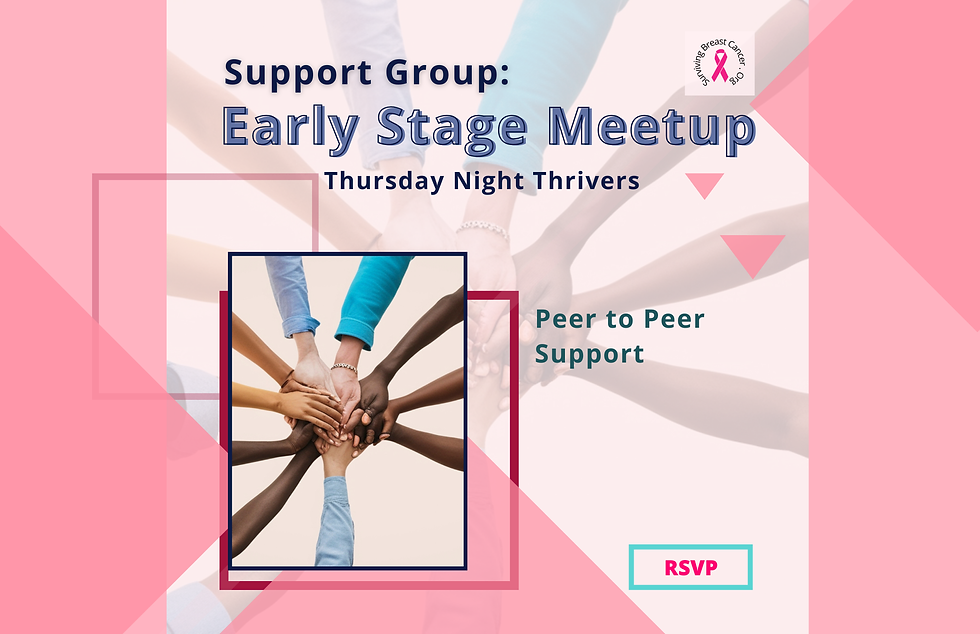top of page
- Meditation Reflection The 8 Steps of Buddhism - A Path to HealingMultiple DatesMon, Jan 12Online Event
- SBC Well-Being Club: Finding Peace on the Buddha’s Eightfold PathMultiple DatesMon, Jan 12Online Event
- Metastatic Breast Cancer (MBC) Support Group with Nancy Gaulin, PsyDMultiple DatesThu, Jan 15Virtual
- Meditation Reflection The 8 Steps of Buddhism - A Path to HealingMultiple DatesMon, Jan 19Online Event
- Restorative Yoga: A Monthly Journey Into Calm, Comfort & Inner HealingMultiple DatesMon, Jan 19Online Event
Upcoming
events
bottom of page







